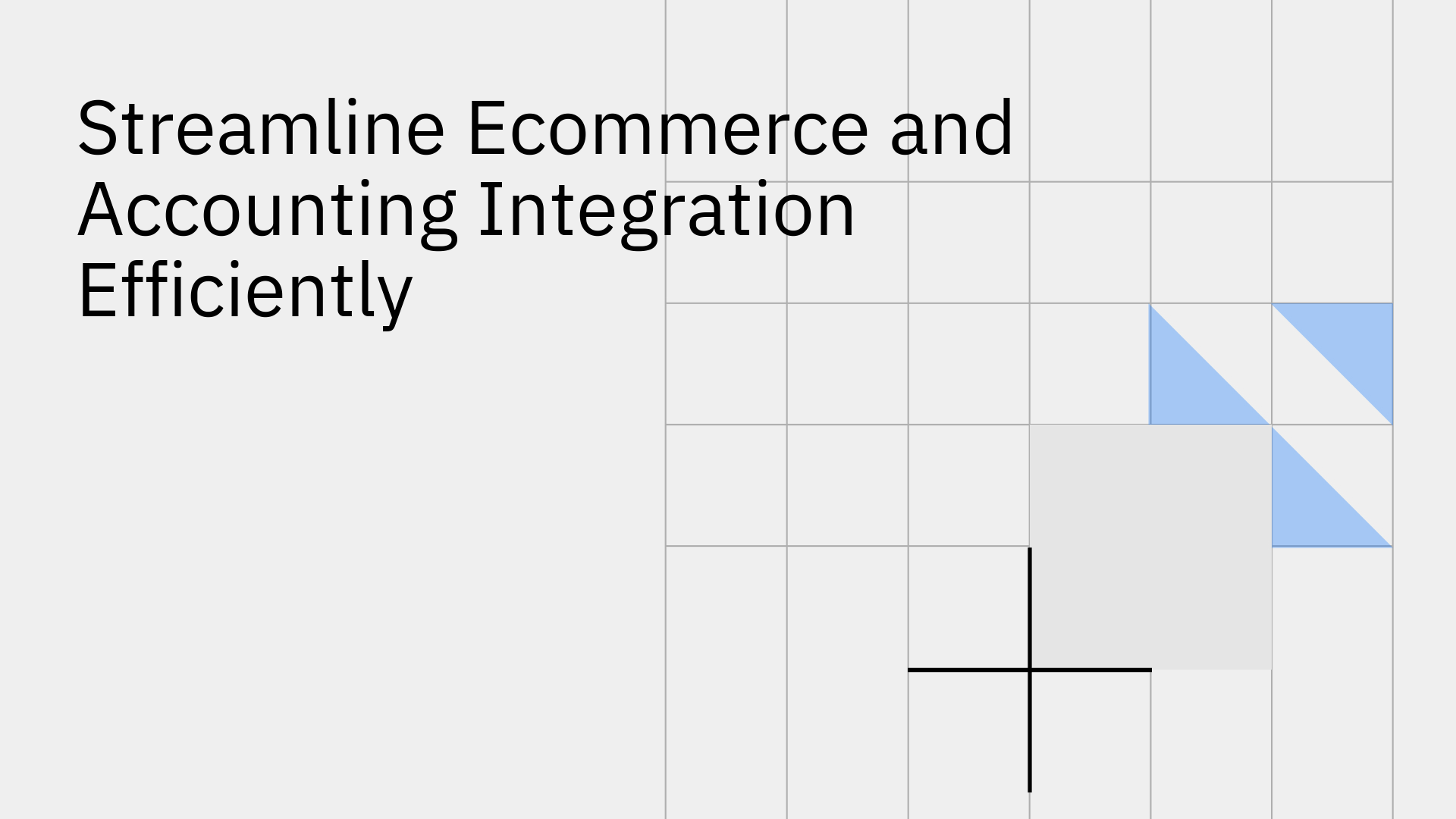
Integrating a Shopify ecommerce platform with a NetSuite ERP and accounting system is a critical step for scaling businesses, promising a substantial return on investment through operational efficiency. A correctly architected solution seamlessly connects your customer-facing storefront with your back-end operational systems, automating the flow of orders, inventory, and fulfillment data. However, selecting the wrong integration approach can introduce significant technical debt, data inconsistencies, and operational bottlenecks.
This guide outlines the core principles for a successful integration and the common pitfalls to avoid, ensuring you build a reliable and scalable connection between Shopify and NetSuite.
Before writing any code or configuring a connector, it is essential to map your core business processes. You must clearly define your integration goals, such as automating the order-to-cash cycle, achieving real-time inventory accuracy across platforms, and streamlining financial reporting [1].
This initial step involves identifying which system serves as the source of truth for specific data entities. For example, NetSuite is typically the master for product information and financials, while Shopify manages web orders. Documenting these data flows and business rules is the foundation for a successful integration architecture [2].
Legacy integration methods that rely on nightly batch jobs or scheduled data transfers can introduce data latency, leading to business errors like overselling products, delayed order fulfillment, and a disjointed customer experience.
The modern standard is real-time, bi-directional synchronization, where data flows instantly and consistently between Shopify and NetSuite [3]. A change to inventory levels in NetSuite should immediately update on the Shopify storefront, and a new order in Shopify should be created in NetSuite within seconds. Purpose-built integration platforms are designed to provide true bi-directional sync with minimal latency, helping to ensure data consistency across operational systems and reducing the risks associated with outdated data.
Your integration solution must be prepared for growth. It needs to be architected to handle high transaction volumes during peak sales events like Black Friday without performance degradation or failure [3]. Underestimating the required throughput of your integration can disrupt operations during critical periods.
Many businesses find that generic iPaaS tools or custom scripts may not sustain the required performance under load. A scalable integration platform is essential to support business growth and maintain operational stability.
The method you choose to connect NetSuite and Shopify has long-term implications for cost, maintenance, and reliability. The primary options include:
A purpose-built platform can deliver the reliability and ease of use of a no-code solution while providing the flexibility to handle complex, custom business logic, specifically for synchronizing operational systems like NetSuite and Shopify [6].
In a tightly integrated environment, an error in one system can have a cascading effect, corrupting data and disrupting operations. Insufficient testing is a critical mistake that can lead to costly failures post-launch. A robust test plan is necessary to validate that the integration meets all business requirements [7].
Furthermore, your integration should feature advanced error handling, logging, and conflict resolution logic [3]. Solutions designed with automated reliability, proactive monitoring, and intelligent conflict resolution help ensure that sync errors are handled gracefully without manual intervention, protecting business continuity.
A common mistake is attempting to manage core accounting functions within Shopify. While Shopify is an excellent ecommerce platform, NetSuite should serve as the definitive system of record for all company financials. It is the foundation for assessing profitability, managing cash flow, and ensuring tax compliance.
A proper integration ensures that all relevant financial data—including orders, refunds, taxes, and fees—flows accurately from Shopify into NetSuite for correct reconciliation and reporting. Attempting to use the ecommerce platform as a quasi-accounting system can lead to inaccurate financial statements and significant compliance risks.